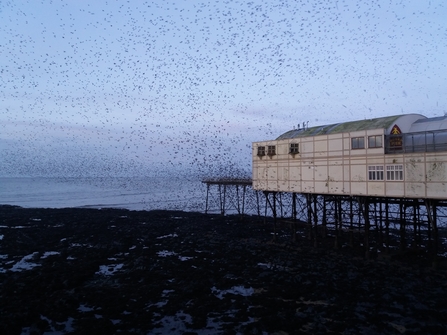Surviving Winter
For many of us, the dark days of winter can plunge us into melancholy and we long for the first signs of spring to brighten up our lives. In the current Covid induced isolation it can be even harder to be positive but perhaps we can seek inspiration from observing the wildlife around us and see how marvellously they are able to cope.


